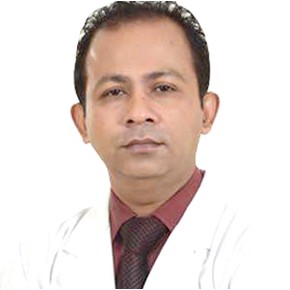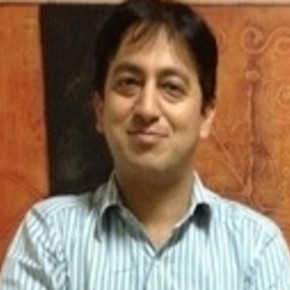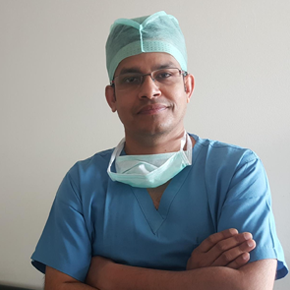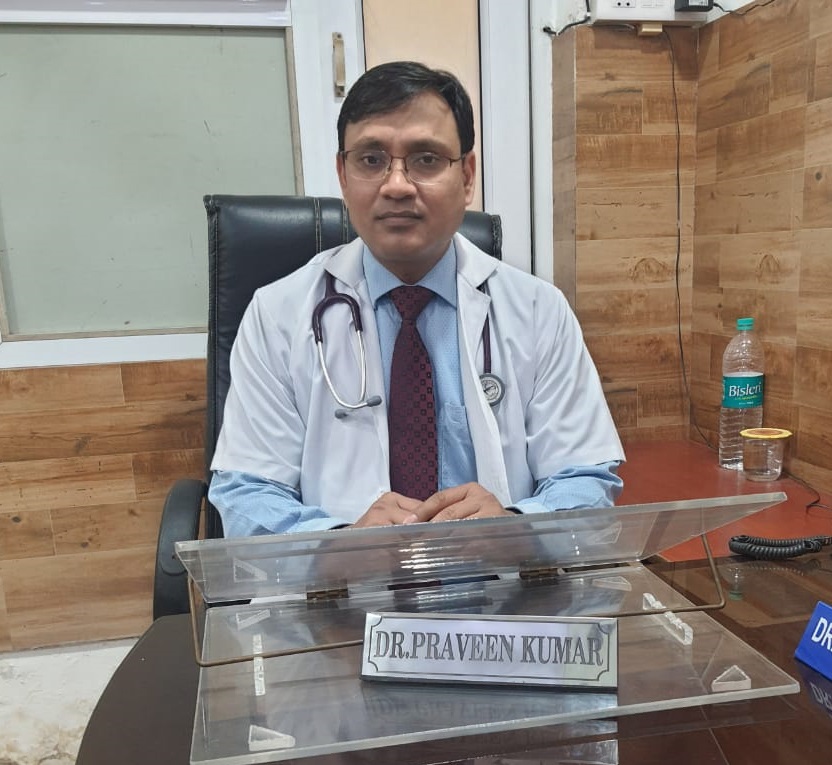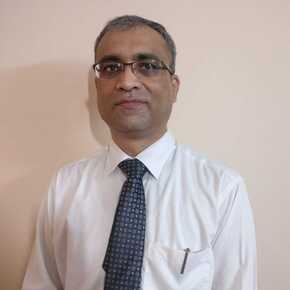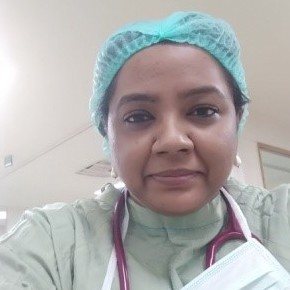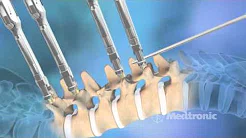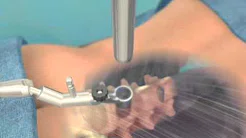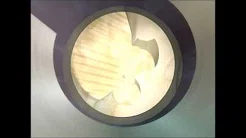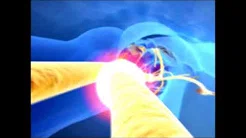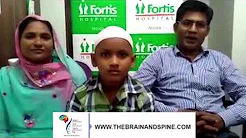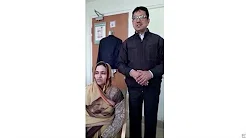Other types of Brain Tumors
Hemangioblastomas
They are slow-growing tumors located in the cerebellum. They usually originate from the blood vessels. They can be of very large in size and can be followed by a cyst. People between the age group of 40-60 are more prone to get hemangioblastomas. They are most commonly seen in men than women.
Rhabdoid Tumors
These are very rare and aggressive kind of tumors. They may spread throughout the central nervous system. Rhabdoid tumors can be seen in different sites in the body. They are more common in the kidneys. It can affect both young children as well as adults, but more common among children.
Pediatric Brain Tumors
Certain kinds of brain tumors are more prevalent in children and adults than in older people. They are called pediatric brain tumor. Some of the common types of pediatric brain tumors are:
- Craniopharyngiomas
- Brainstem gliomas
- Medulloblastomas
- Ependymomas
- Low-grade astrocytomas etc.
According to the WHO findings, a tumor’s malignancy or benignity can be indicated according to its historical features that could be analysed using a microscope.
World Health Organization (WHO) Brain Tumor Grades
| Grade | Characteristics | Tumor Types | |
| Low
Grade | WHO Grade I |
| |
| WHO Grade II |
|
| |
| High
Grade | WHO Grade III |
|
|
| WHO Grade IV |
|
|
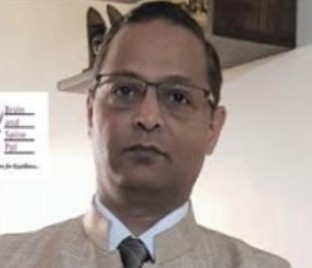

 Request an Appointment
Request an Appointment Request Online Consultation
Request Online Consultation Enquiry form
Enquiry form


